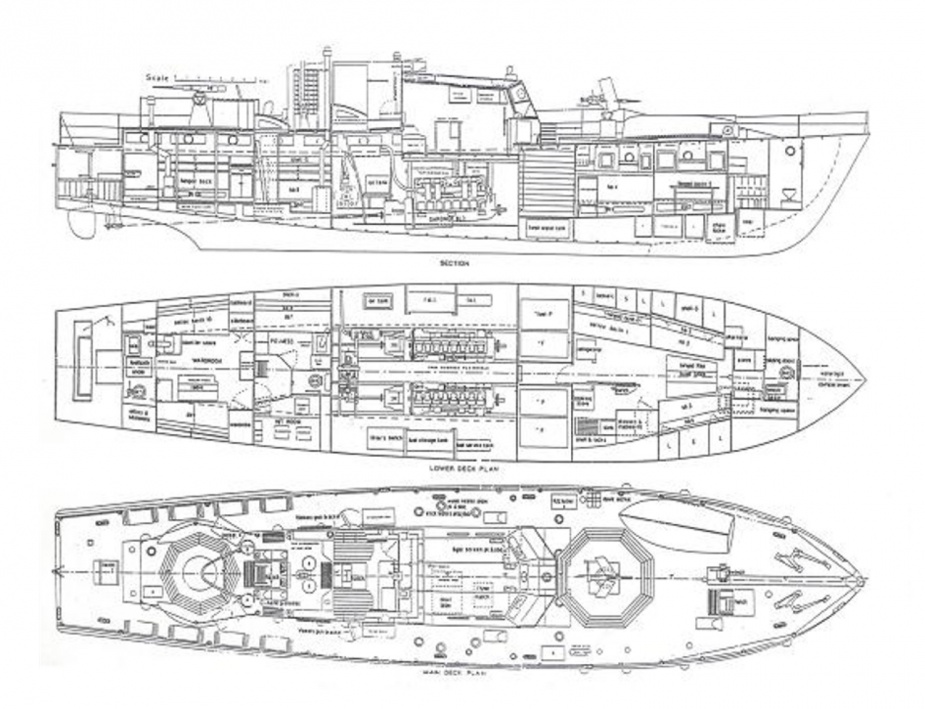HDML 1161
| Builder |
Sittingbourne Shipbuilding Company, Kent, England |
|---|---|
| Commissioned |
9 January 1943 |
| Decommissioned |
5 October 1945 |
| Dimensions & Displacement | |
| Displacement | 36 tons |
| Length | 72 ft |
| Beam | 15 ft 6 in |
| Draught | 4 ft 3 in |
| Performance | |
| Speed | 16 knots |
| Complement | |
| Crew | 10-12 |
| Propulsion | |
| Machinery | Thornycroft RL6 Marine Diesel Engines |
| Armament | |
| Guns | 1 x 20mm Oerlikon gun, 2 x twin .303 machine guns |
| Other Armament | Depth charges, Small arms |
HDML 1161 was one of a class of thirty motor launches built for the Royal Australian Navy during World War II. Nine were constructed in Australian shipyards, three in the United Kingdom, including HDML 1161, and eighteen in the United States. They were originally classified as Harbour Defence Motor Launches (HDMLs) and those that remained in service following World War II were subsequently redesignated Seaward Defence Motor Launches (SDMLs) in the early 1950s and Seaward Defence Boats (SDBs) in 1957.
The surviving records for HDML 1161 are scant but she was an active anti-submarine patrol vessel, escort and also assisted in air/sea search and rescue. Plagued with mechanical difficulties, she spent a significant period of her commission in maintenance both in New Guinea and Sydney.
HDML 1161 was built at Sittingbourne Shipbuilding Company, Kent, England, in August 1942. The company built 13 of the approximately 486 HDMLs produced during World War II, though HDML 1161 was the only one commissioned into the RAN from this ship builder.
She was commissioned on 9 January 1943 under the command of Sub-lieutenant Alan Clough, RANR, at HMAS Rushcutter and conducted work up exercises in Jervis Bay. She the proceeded north to New Guinea and arrived at Port Moresby on 22 March in company with HMA Ships Arunta and Kapunda escorting four ships from Townsville. Upon her arrival in Port Moresby she commenced a routine of daily anti-submarine patrols from the harbour approaches and Basilisk Beacon out to 5 miles to sea, leaving harbour at 0600 each morning.
The routine of daily patrols was broken on 8 April when HDML 1161, returning from anti-submarine patrol after dark, struck a reef near Basilisk Passage and lost the ASDIC dome. She was quickly returned to sea, however, and was shortly to be involved in a significant search and rescue operation.
On 22 April a large storm prevented a QANTAS flying boat with 27 passengers including RAAF personnel and a crew of four from finding Port Moresby Harbour. After circling for some time seeking a break in the storm the aircraft’s dwindling fuel reserves forced it to set down on the sea some miles from Port Moresby at 1945. The tail portion of the flying boat broke off on landing due to the heavy seas and the aircraft sank almost at once. HDMLs 1161 and 1074, and HMAS Laurabada, together with Royal Australian Air Force (RAAF) air/sea rescue launches put to sea at around 0100 on the following morning to positions approximately 40nm from Port Moresby with instructions to search the area in daylight. An aerial search was also mounted. That afternoon 18 survivors were picked up some 16nm south east of Port Moresby, but no trace was found of 11 RAAF personnel and two civilian members of the crew.
For the remainder of April, May and June 1943 HDML 1161 conducted daily anti-submarine patrols in conjunction with HDML 1074 and ML 817, and also received a complete overhaul during the quarter.
HDML 1161 was temporarily paid off into Maintenance Reserve on 3 March 1944 after becoming unserviceable in late 1943. She was not seaworthy again until early 1945 owing primarily to difficulties in obtaining spare parts for her Thornycroft engines, and she still required an extensive refit to make her fully operational. She recommissioned on 14 April 1945 under the command of Lieutenant Douglas McDonald, RANR, and commenced passage south back to Australia.
She was in Brisbane by late June where her engine injectors were cleaned, tested and refitted before departing on 1 July. She arrived in Coffs Harbour on 2 July and departed the following day for Sydney. She arrived alongside HMAS Rushcutter to await refit which would include extensive maintenance work on her main and auxiliary engines, hull and fittings, as well as various alterations and additions. Leave was granted to most of the ship’s company. She remained in Sydney in refit until at least October when, on the 5th, she placed into ‘F’ class reserve. She was sold on 10 December 1947 to a resident of Karuah north of Newcastle
Commanding Officers of HDML 1161
| 09/01/1943 | SBLT AB Clough, RANR |
| 14/04/1945 | LEUT DH McDonald, RANR |
| 10/09/1945 | LEUT D Cameron, RANVR |



